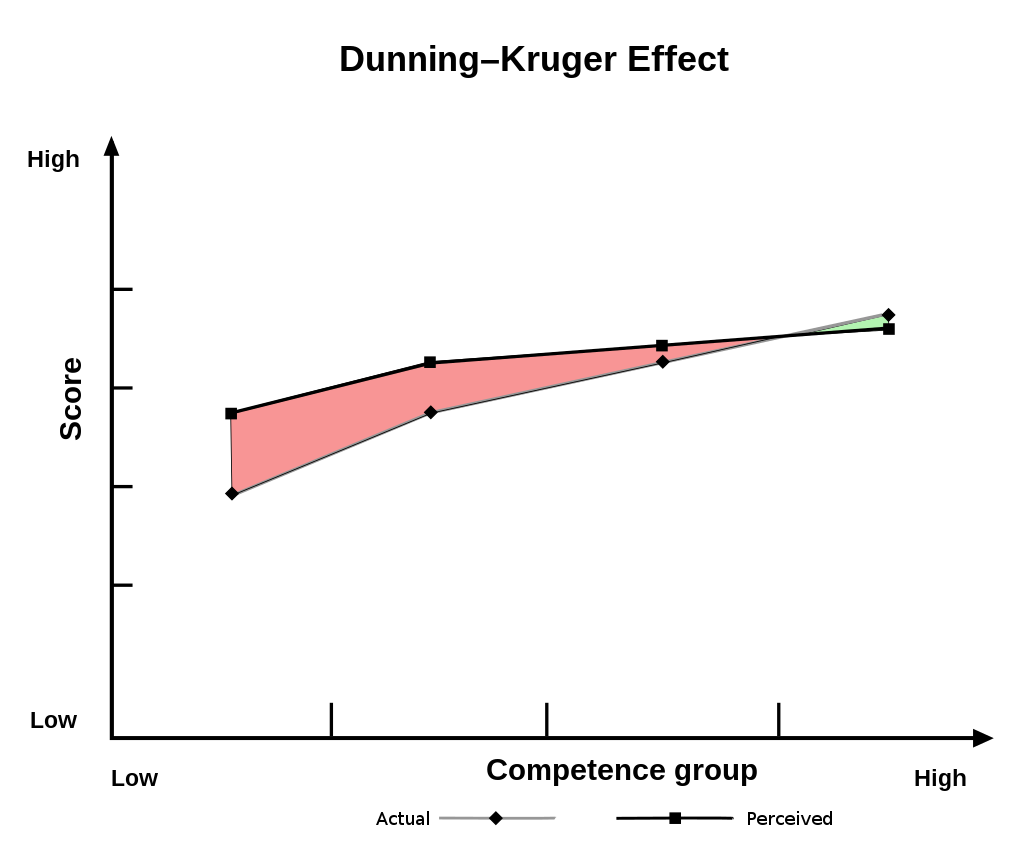Hubristic leaders, characterized by excessive pride, lack of agility, and overconfidence, can harm organizations. Their destructive decision-making and breakdowns in communication are crucial issues that leaders, especially at the C-level, must address by embracing humility and welcoming collaboration. Their excessive pride and lack of agility can lead to destructive decision-making and breakdowns in communication. Leaders must embrace humility and welcome collaboration.
Hubris and overconfidence in leadership doesn’t end well
- Destruction of relationships: Hubristic leaders often alienate their teams, colleagues, and clients. Their arrogance-based decisions can lead to strained relationships and a breakdown in communication between departments, peers, and superiors.
- Massive mistakes: Decisions made by C-suite leaders have profound and lasting impacts. Overconfident leaders are more prone to making significant errors that can have severe consequences for the organization. These mistakes can lead to a loss of credibility and even potential termination.
- Lack of self-awareness and learning: Hubristic leaders must admit their mistakes or areas where they can improve. As their power and influence increase, they become less willing to learn from their errors, hindering their ability to achieve successful outcomes.
- Lack of collaboration: Overconfident leaders often rely solely on their judgment and fail to seek input from others. They may need to pay more attention to valuable perspectives and ideas from team members, which can lead to missed opportunities and suboptimal decision-making.
- Resistance to feedback: Overconfident leaders often resist receiving input or constructive criticism. They may dismiss or ignore feedback that challenges their beliefs or decisions, hindering personal and professional growth.
- Erosion of trust: Overconfidence can erode trust within a team or organization. When leaders consistently make arrogant decisions and prioritize their interests over the team’s well-being, trust diminishes, and morale suffers.
- Narrow perspective: Overconfident leaders tend to have a narrow view and may overlook critical information or alternative viewpoints, resulting in a limited understanding of complex situations and better decision-making.
- Lack of adaptability: Overconfident leaders may resist change and new ideas. Their belief in their infallibility can make them rigid and unwilling to consider innovative approaches or adapt to evolving circumstances.
- Negative impact on employee engagement: When leaders exhibit overconfidence, it can negatively impact employee engagement. Team members may feel undervalued, discouraged from sharing their opinions, and disengaged from their work.
- Missed learning opportunities: Overconfident leaders often miss valuable learning opportunities because they need to recognize their limitations and areas for improvement. They may need to pay more attention to valuable feedback or seek new knowledge and skills.
- Organizations can foster a culture of humility, open communication, and continuous learning to address these issues. Encouraging leaders to actively seek feedback, promote collaboration, and embrace diverse perspectives can help mitigate the adverse effects of overconfidence and create a more productive and harmonious work environment.
Dunning-Kruger Effect
The Dunning-Kruger effect, a psychological theory, helps explain this hubristic behavior.
The Dunning-Kruger effect is a cognitive bias where individuals with low abilities in a specific area mistakenly overestimate their competence. Conversely, highly talented leaders underestimate their abilities, highlighting the importance of accurate self-assessment. Leaders experiencing this effect cannot complete tasks but exhibit overconfidence in their capabilities. Without self-awareness and meta-cognition, they fail to learn from their mistakes.

Research indicates that leaders with humility and learning agility outperform overconfident leaders. Humble leaders are more open to learning from their failures, seek advice from peers and superiors, and are willing to change their behaviors and outcomes.
6 Ways to Overcome Hubristic Leadership
- After action reviews: Engage in reflective discussions to identify areas for improvement and develop plans to do better next time.
- Commit to learning agility: Foster a mindset that embraces alternative solutions and acknowledges that there may be better ways to solve problems.
- Team accountability: Recognize that leaders can’t do it all and hold the team accountable for researching options and providing relevant information for optimal decision-making.
- Encourage humility: Create a culture of continuous learning and a growth mindset is celebrated.
- Seek developmental opportunities: Foster a culture of openness and psychological safety where leaders and teams continuously develop each other through courageous conversations and mutual accountability.
- Instill company values and ethics: Regularly review areas for improvement, encourage constructive criticism, and uphold high ethical standards.
Balance Hubristic Leadership
Finding a balance between humility and confidence is essential for effective leadership. While confidence is necessary, leaders must be aware of its impact on the organization and strive for humility to foster collaboration and avoid destructive behaviors.







